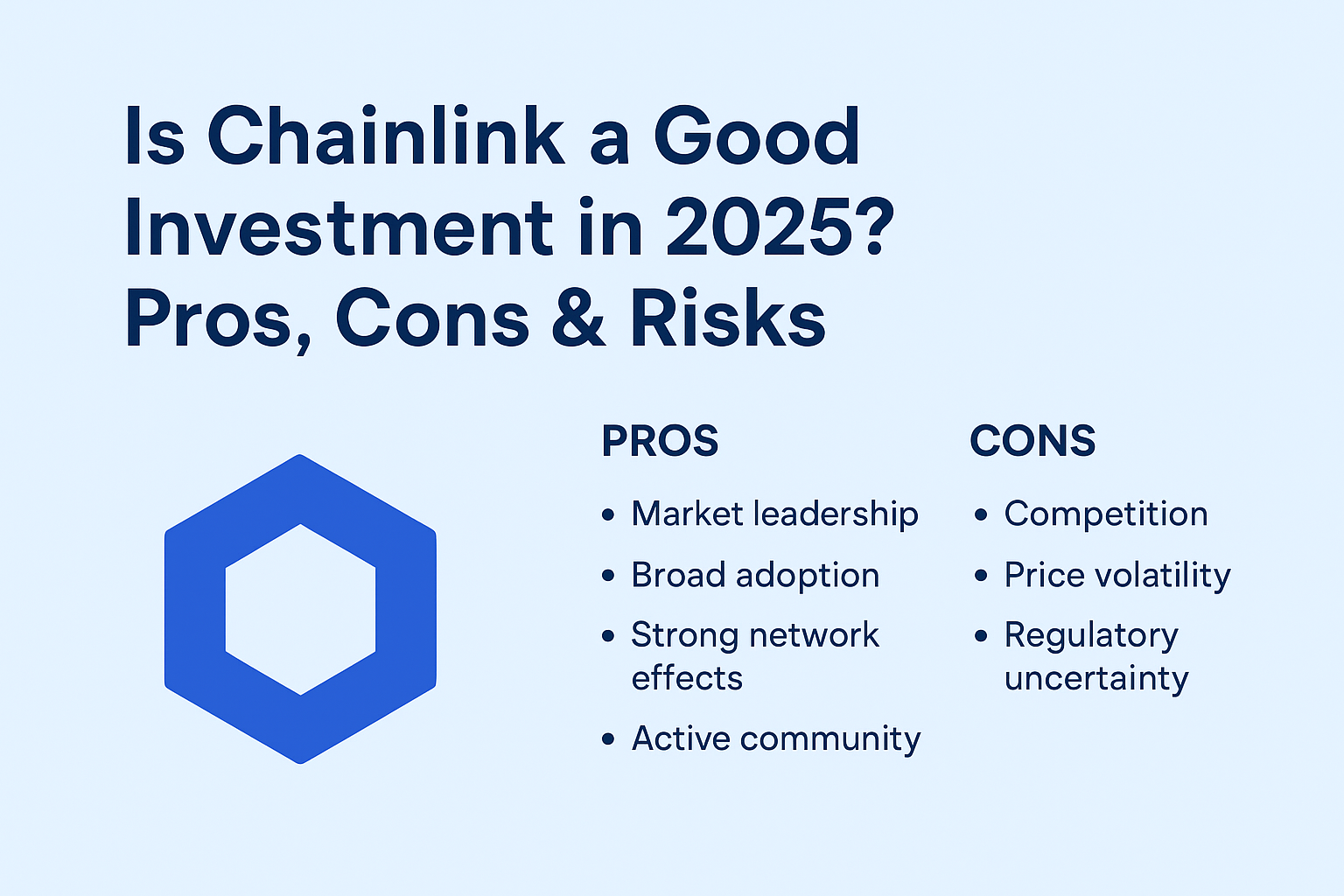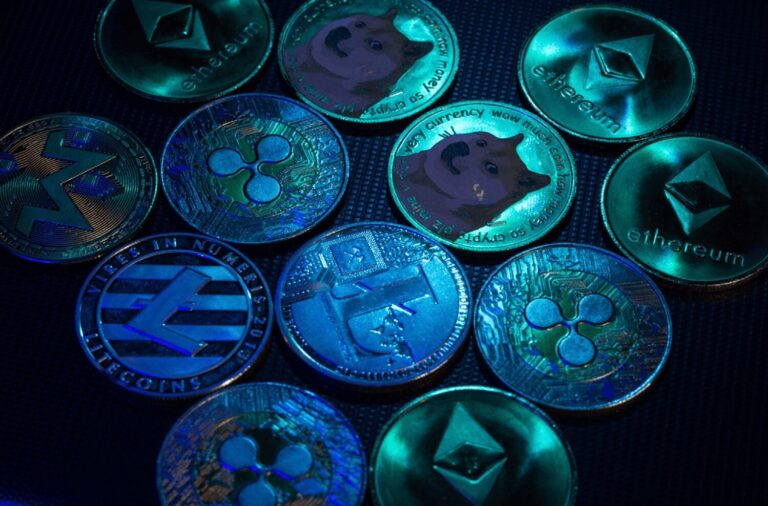
Chainlink
Introduction
Chainlink has become a cornerstone of Web3 infrastructure, powering thousands of decentralized applications (dApps) with secure, real-world data. At the heart of this network is LINK, the native token that fuels Chainlink’s decentralized oracle system.
While many investors know LINK as a cryptocurrency traded on exchanges, its true value lies in how it enables and sustains the Chainlink ecosystem. This guide explores what LINK does, why it’s essential, and how it fits into the bigger Web3 picture.
What is Chainlink?
Chainlink is a decentralized oracle network that connects smart contracts to real-world data, events, and payment systems. Without Chainlink, most blockchains would remain “data blind” — unable to access price feeds, weather reports, sports scores, or API data without compromising security.
By creating a network of independent nodes that fetch, verify, and deliver external data to blockchains, Chainlink bridges the gap between on-chain and off-chain systems.
The Purpose of LINK in the Chainlink Network
LINK isn’t just a speculative asset — it’s the lifeblood of the Chainlink system. The token has three primary roles:
1. Payment for Oracle Services
-
Node operators who provide data to the network are paid in LINK.
-
Smart contract developers and dApp teams use LINK to pay for access to Chainlink’s decentralized data feeds, proof-of-reserve audits, and other services.
-
This creates a direct demand for LINK as more projects integrate Chainlink.
2. Staking and Network Security
-
Chainlink’s staking program allows node operators and community members to lock up LINK as collateral.
-
Staking creates skin in the game, incentivizing honest and reliable service.
-
If a node fails to deliver accurate data, part of its staked LINK can be slashed (penalized).
-
As Chainlink expands its staking tiers and security mechanisms, more LINK will be locked in the network, reducing circulating supply.
3. Incentive Alignment and Reputation
-
The Chainlink ecosystem runs on trust minimization — meaning the system is designed so you don’t have to trust any single party blindly.
-
By requiring LINK deposits for participation and rewarding reliable service with LINK payments, Chainlink aligns incentives between data providers, validators, and users.
-
This token-driven model encourages accurate reporting and punishes dishonest behavior.
How LINK Adds Value Beyond Payments
LINK’s design goes beyond a simple “payment coin.” It’s integral to:
-
Economic Security – The more LINK staked, the higher the cost of attacking the network.
-
Ecosystem Growth – As more data services launch (e.g., verifiable randomness, automation, cross-chain messaging), LINK’s utility expands.
-
Token Sink Effect – Staking and long-term node operation remove LINK from active circulation, potentially affecting supply dynamics.
Real-World Chainlink Use Cases Driving LINK Demand
-
DeFi Protocols – Price feeds for lending, stablecoins, and derivatives (Aave, Synthetix, Compound).
-
NFT Gaming – Verifiable randomness for fair in-game events (Axie Infinity, Gala Games).
-
Insurance – Weather and event data for parametric insurance payouts.
-
Cross-Chain Solutions – Secure messaging between blockchains using Chainlink’s CCIP (Cross-Chain Interoperability Protocol).
Every time a project integrates these services, LINK is used as payment or staked for security — directly tying adoption to token demand.
The Tokenomics of LINK
-
Max Supply: 1 billion LINK
-
Circulating Supply: Around 60% currently in the market
-
Distribution: Initially allocated to ICO participants, company reserves, and ecosystem incentives
-
Utility Growth: With staking v0.2 and future staking upgrades, the percentage of LINK locked away is expected to increase.
This supply structure means that LINK’s utility and scarcity could evolve alongside Chainlink’s adoption curve.
Challenges and Risks
While LINK has strong fundamentals, it’s important to recognize potential risks:
-
Competition – Other oracle solutions like Band Protocol and API3 are vying for market share.
-
Adoption Rate – LINK’s utility depends heavily on Chainlink’s service adoption across blockchains.
-
Regulatory Landscape – As with all cryptocurrencies, regulations could affect how LINK is used or traded.
The Long-Term Outlook for LINK
Chainlink is positioning itself as critical infrastructure for Web3, much like how cloud providers underpin today’s internet. If the network continues to expand across DeFi, gaming, enterprise, and cross-chain systems, LINK will remain a key resource.
As staking matures, demand for node services grows, and Chainlink’s data offerings diversify, LINK’s role could become even more central — both as a security mechanism and as a payment medium.
Conclusion
The LINK token is not just a speculative asset — it’s the economic engine that powers the Chainlink network. From paying node operators to securing data integrity through staking, LINK ensures the network runs smoothly, securely, and efficiently.
As Web3 continues to evolve, the demand for trusted off-chain data will only grow — and with it, the demand for LINK. For investors, developers, and blockchain enthusiasts, understanding LINK’s role is key to grasping why Chainlink is one of the most important projects in the crypto ecosystem.


